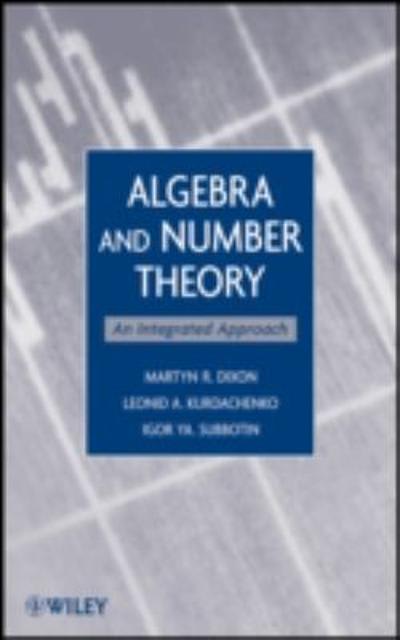Question
5. Consider the resulting ratio of crossing the two heterozygous pea plants in question #4. We will use this ratio in a short activity exploring
5. Consider the resulting ratio of crossing the two heterozygous pea plants in question #4. We will use this ratio in a short activity exploring probability. Crossing two heterozygous individuals for a particular trait is similar to flipping two coins. Each coin has two sides (we might think of each side as an "allele") and the chances of flipping heads/heads, heads/tails or tails/tails should be similar to the ratio we see when crossing two heterozygotes. For this simple activity, you will need two coins (pennies, nickels, dimes, quarters, or a mix of any of those). Alternatively, you may google a coin-flipper simulator that will allow you to flip two coins at once. You will also need a piece of scratch paper and a pen or pencil or a blank electronic document. Directions: Flip the two coins simultaneously at least 50 times. For each flip of the pair of coins, you will record the results on a piece of scratch paper. You might set up a table like the one below to record your results. Once you have flipped the coins at least 50 times, enter the number of heads/heads, heads/tails and tails/tails in Table 1 below, which is part "a" of question 5. Now determine the ratio for your results. You will do this by dividing the number for each result by the total number of flips, and then multiply by 100. (Example: If the number of heads/heads is 9 then 9/50 = .18, .18x100 = 18%), Repeat this mathematical procedure for heads/tails and tails/tails); be sure to include your math in the table!
a.) Table 1(8 pts.) | |
Heads/heads (hh) | |
Head/tails (ht) | |
Tails/tails (tt) | |
Ratio (hh:ht:tt) |
b.)
| |
Compare the resulting ratio from the question #4 cross of two heterozygous parents to the ratio from the coin flipping exercise. Are there similarities? If so, what are they? Enter answer in the box below. (3 pts.)
c.) What might be done to make the ratio from the coin flipping exercise become more similar to the ratio from question #4? (Hint: Consider that more data equals better accuracy.) Enter answer in the box below. (3 pts.)
| |
Step by Step Solution
There are 3 Steps involved in it
Step: 1

Get Instant Access to Expert-Tailored Solutions
See step-by-step solutions with expert insights and AI powered tools for academic success
Step: 2

Step: 3

Ace Your Homework with AI
Get the answers you need in no time with our AI-driven, step-by-step assistance
Get Started


